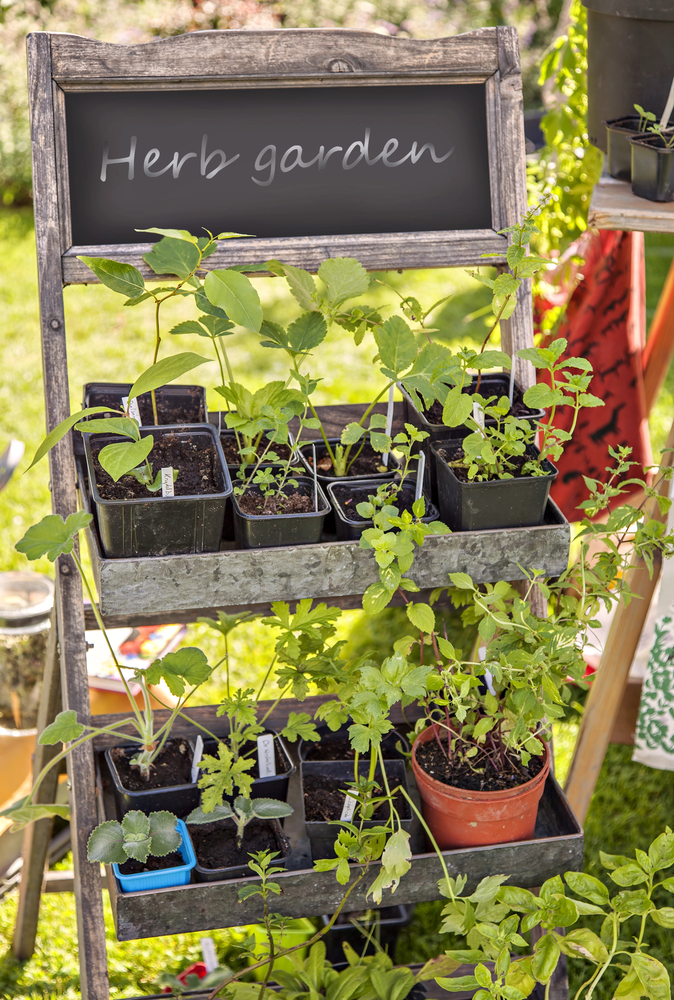Container gardening is an excellent solution for those who may not have vast yards but still wish to indulge in the joys of gardening. This method not only utilizes space efficiently but also adds a touch of greenery to balconies, patios, and even window sills. If you’re new to gardening or have limited outdoor space, container gardening can be a gratifying way to get your hands dirty. This guide provides beginners with innovative ideas and essential tips to create a thriving garden in containers.
Why Choose Container Gardening?
Container gardening offers several advantages. Firstly, it is highly versatile. You can grow a wide range of plants, from flowers to fruits and vegetables, in containers. Secondly, it allows for better control over the growing conditions. You can move the containers to optimize sunlight exposure and shield plants from harsh weather. Lastly, container gardens are easier to manage concerning pests and soil quality, making them an excellent option for novices.
Choosing the Right Containers
The first step in container gardening is selecting appropriate containers. Almost anything can serve as a pot as long as it has good drainage. Traditional pots, wooden crates, old buckets, or even creatively repurposed items like teapots and tires can be used. Ensure that the containers are deep enough to accommodate the root growth of whatever you plan to plant.
Selecting Soil and Plants
Choosing the right soil is crucial for container gardening. Opt for high-quality potting mix that ensures good moisture retention and provides adequate nutrition to your plants. Avoid using garden soil as it can be too dense and may contain pests and weeds.
When it comes to plant selection, consider the climate and the amount of light your garden space receives. Some plants thrive in full sun, while others require shaded conditions. Beginners might want to start with low-maintenance plants such as succulents, marigolds, or chives. For edible options, herbs like basil, mint, and parsley, as well as vegetables like tomatoes, peppers, and radishes, are excellent choices.
Watering and Feeding Your Plants
Proper watering is key to successful container gardening. Containers dry out faster than traditional gardens, especially in warm weather. Regular watering, sometimes daily, is necessary. However, avoid overwatering, as this can lead to root rot. A good rule of thumb is to water when the top inch of soil feels dry.
Feeding your plants is also essential. Container plants benefit from regular feeding with a balanced, water-soluble fertilizer. Follow the instructions on the product label for the best results.
Creative Container Gardening Ideas
- Vertical Gardening: Utilize vertical space by hanging pots on walls or using stackable planters. This not only saves floor space but also adds a unique aesthetic element to your garden.
- Theme Gardens: Create themed gardens in containers, such as a pizza garden with tomatoes, basil, and oregano, or a cocktail garden featuring mint and lemon balm.
- Succulent Art: Arrange various succulents in a large, shallow pot to create a living art piece. Their minimal water requirement makes them perfect for busy gardeners.
- Color Coordination: Choose flowers and pots in complementary colors to enhance the visual appeal of your space. For example, purple petunias in yellow pots can create a striking contrast.
- Edible and Ornamental Combos: Mix edible plants like lettuce or strawberries with ornamental plants to maximize beauty and utility. This can also help deter pests naturally.
Maintenance and Seasonal Changes
Regular maintenance is vital to keep your container garden looking its best. Prune dead leaves and spent blooms to encourage new growth. Monitor for pests and diseases and address them promptly to prevent spread.
As seasons change, so should your container garden. Replace summer crops with cold-tolerant plants like kale or pansies to extend the gardening season into fall and winter.
Container gardening is a delightful and flexible way to garden that is especially suited for beginners and those with limited space. By following these tips and exploring creative ideas, you can develop a lush and productive garden that fits perfectly into your urban environment. Whether you’re growing beautiful flowers or fresh produce, container gardening is a satisfying way to connect with nature right at home.

